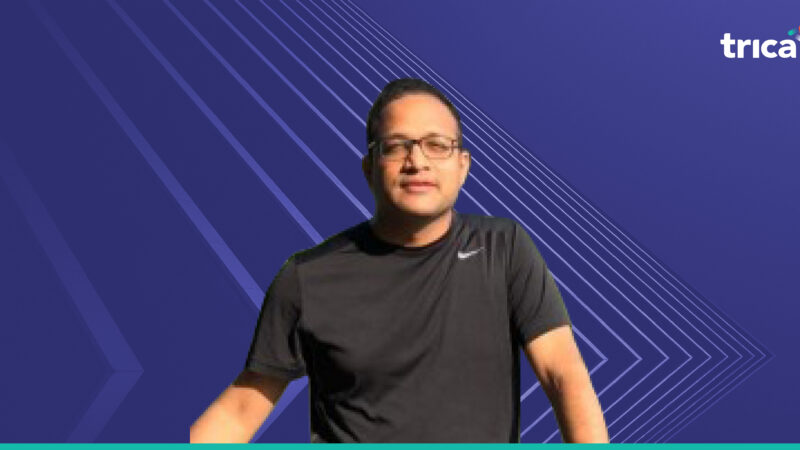
ESOP pool – How Much Equity Should Be Diluted?
Ritesh Banglani, Founder of Stellaris Venture Partners, says,
“But first things first. To reach a growth stage, you need to steer through the early stage first. Think of ESOPs as a currency for scalability. If you want to build a large scalable business, ESOPs are a boon for you in the early stage. With ESOPs grants, you will be able to attract talent that will help you further the business cause and expand your footprint,” says Ritesh. ”Consult with your mentors, advisors, and angel investors, and carve the ESOP pool from the very beginning. Make sure that your ESOP policy is aligned with the organization’s vision and roadmap,” he adds.
The FreshWorks for Startups webinar on ‘Understanding ESOPs and their importance in startups’ was conducted in association with trica equity, a SasS product for founders to manage their cap table and ESOPs without the errors and messiness of multiple Excel sheets.
The panellists, Ritesh and Ruchi, started the session by explaining ESOPs as a whole and went on to talk about address some of the most common questions founders have:
- When to create the ESOP Pool?
- Who should be granted ESOPs, and how much?
Salary versus ESOP
“Startups, at an early or seed stage, are cashflow deficient. Founders, therefore, leverage Employee Stock Ownership Plans (ESOPs) to lay the foundation of a committed workforce and address the dire need of scaling the company faster,” says Ritesh.
Maintaining & topping up your ESOP pool
Rolling out ESOPs, however, can prove to be very tricky. If a particular framework is not followed, the ESOP pool will dry up in the early stage itself, and founders will have to dilute more of their equity to refill the ESOP pool. “The ESOP framework should be designed in such a manner that early employees benefit more than the ones who join at later stages. Employees who join at growth stages take less risk comparatively. Founders should always keep this in mind,” said Ruchi. The ESOP framework is essentially an internal guideline (not legal) that should be followed to grant ESOPs. The framework should define the set of employees who are to be granted ESOPs, the number of grants, and the type of vesting that is to be incorporated.
Ritesh continues, “ESOP awards should be based on two factors – the amount of risk that an employee has taken, and the value that they have added to the organization. Use valuation as a proxy to roll out ESOPs. ESOP grants should always be inversely proportional to the valuation of the company. ESOP grants should be less at higher valuations, and vice-versa.”
Watch the full webinar:
Click here for a blog on the best practices while planning & offering ESOPs at every growth stage.
ESOP & CAP Table
Management simplified
Get started for free





